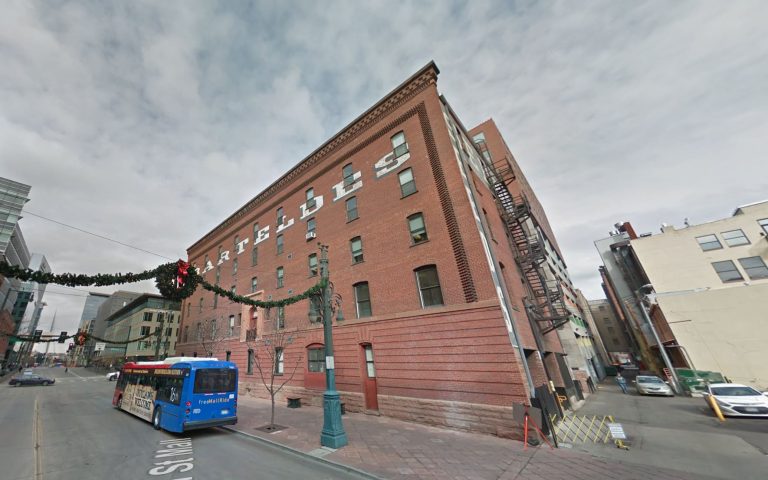LoDo Virtual Tour
Found at the heart of Denver, LoDo is the perfect blend of nostalgia and modernity.
This bustling neighborhood is home to nearly 100 restaurants, clubs, galleries, shops, and hospitality businesses, making it the perfect place to explore for residents and tourists alike.
LoDo’s rich history dates back to 1858 when gold was discovered at the confluence of the South Platte River and Cherry Creek. Since then, the area has undergone a major revitalization, becoming a key link between Denver’s past and present.
Today, LoDo is home to some of the finest late nineteenth and early twentieth-century commercial buildings in the American West. Whether you’re looking for a delicious meal, a night out on the town, or some unique shopping, you’ll find it all in LoDo.
Taming The Wild West
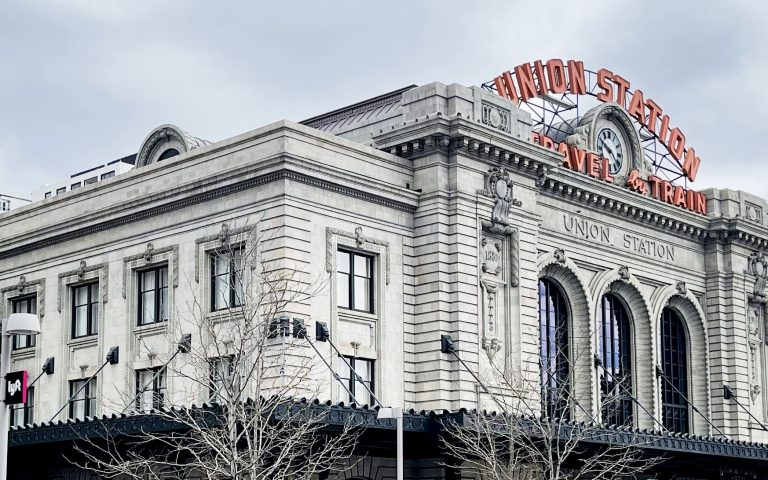
Union Station
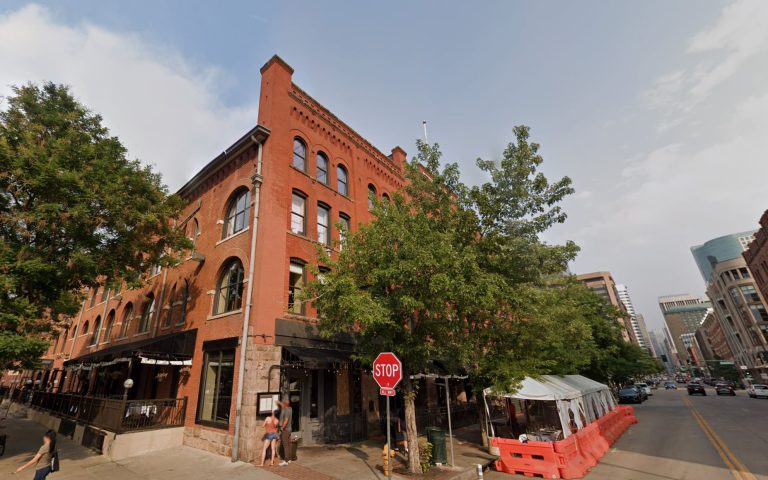
Denver City Railway Building
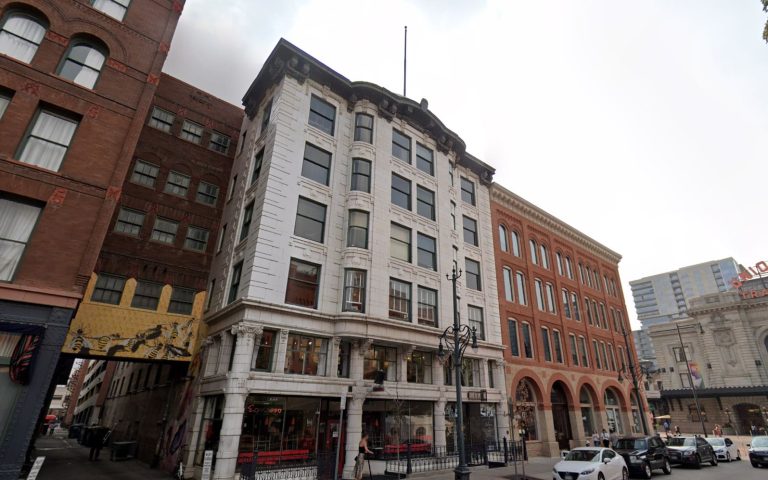
Oxford Annex
Built as an addition to the Oxford Hotel in 1912, the Oxford Annex, with its glazed terra-cotta—a white tile—on the exterior facade, is unique. It is the only white tile building in Lower Downtown. The annex is connected to the main hotel by a passageway over the alley at the fourth-floor level and by another in the basement.
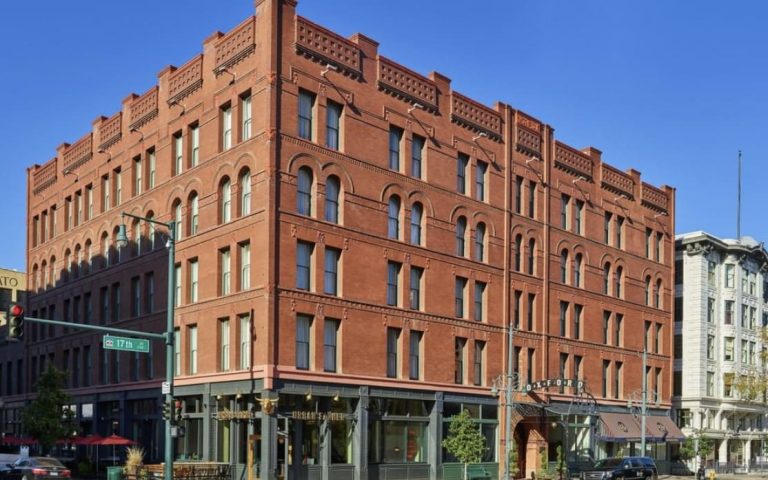
Oxford Annex
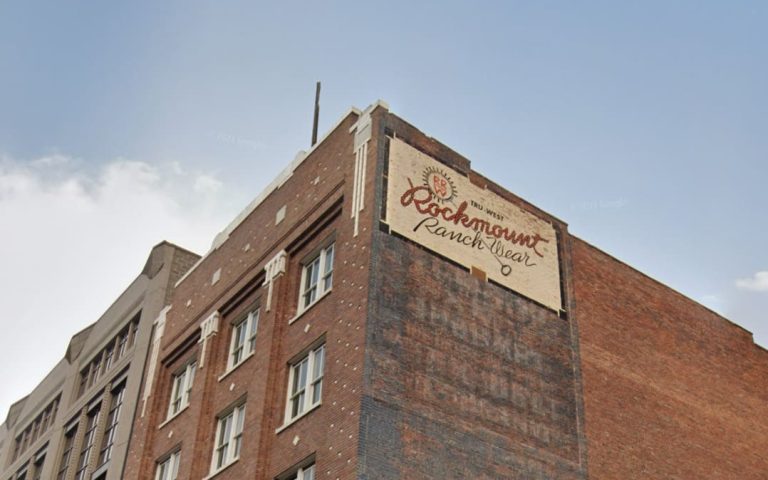
Rockmount Ranch Wear Building
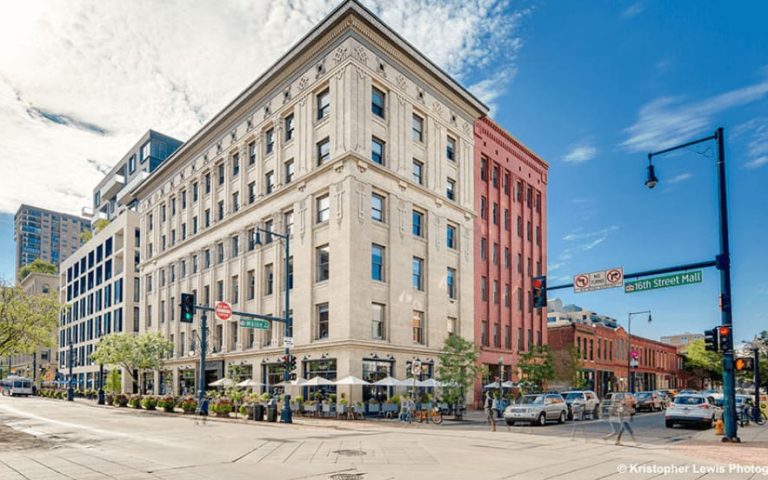
Union Station 17th and Wynkoop Streets
17th and Wynkoop Streets
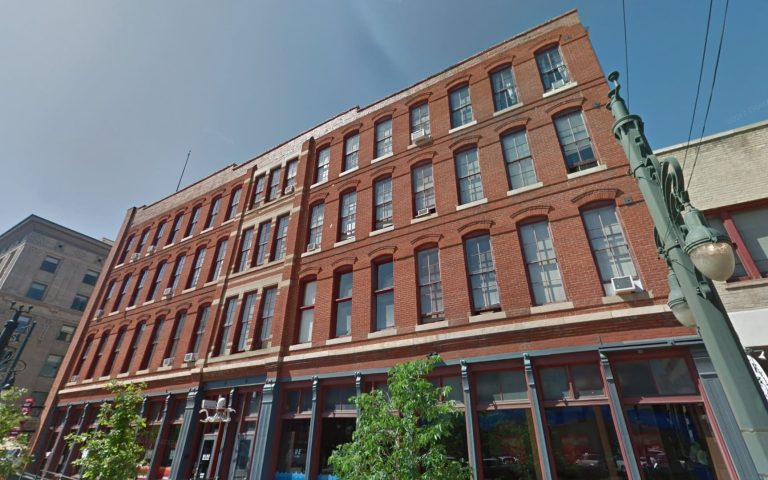
Henry Lee Building
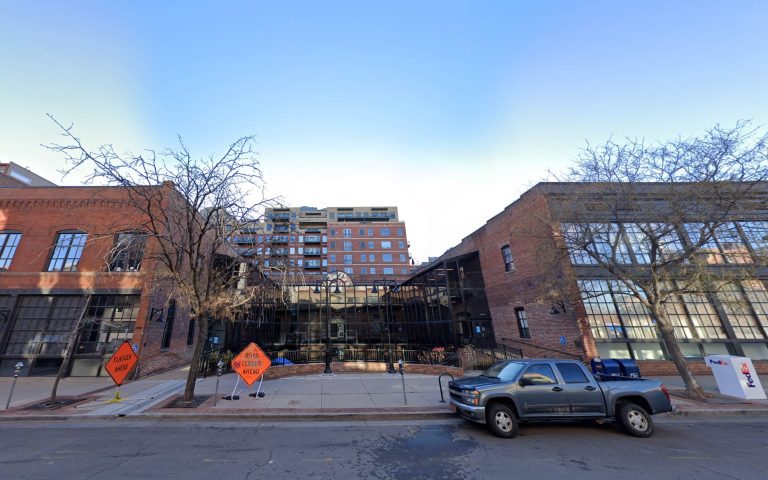
Elephant
